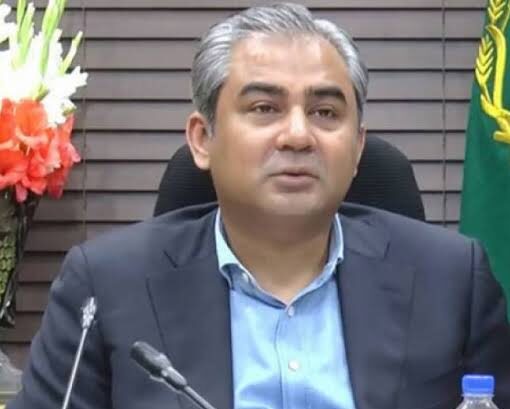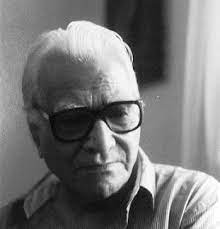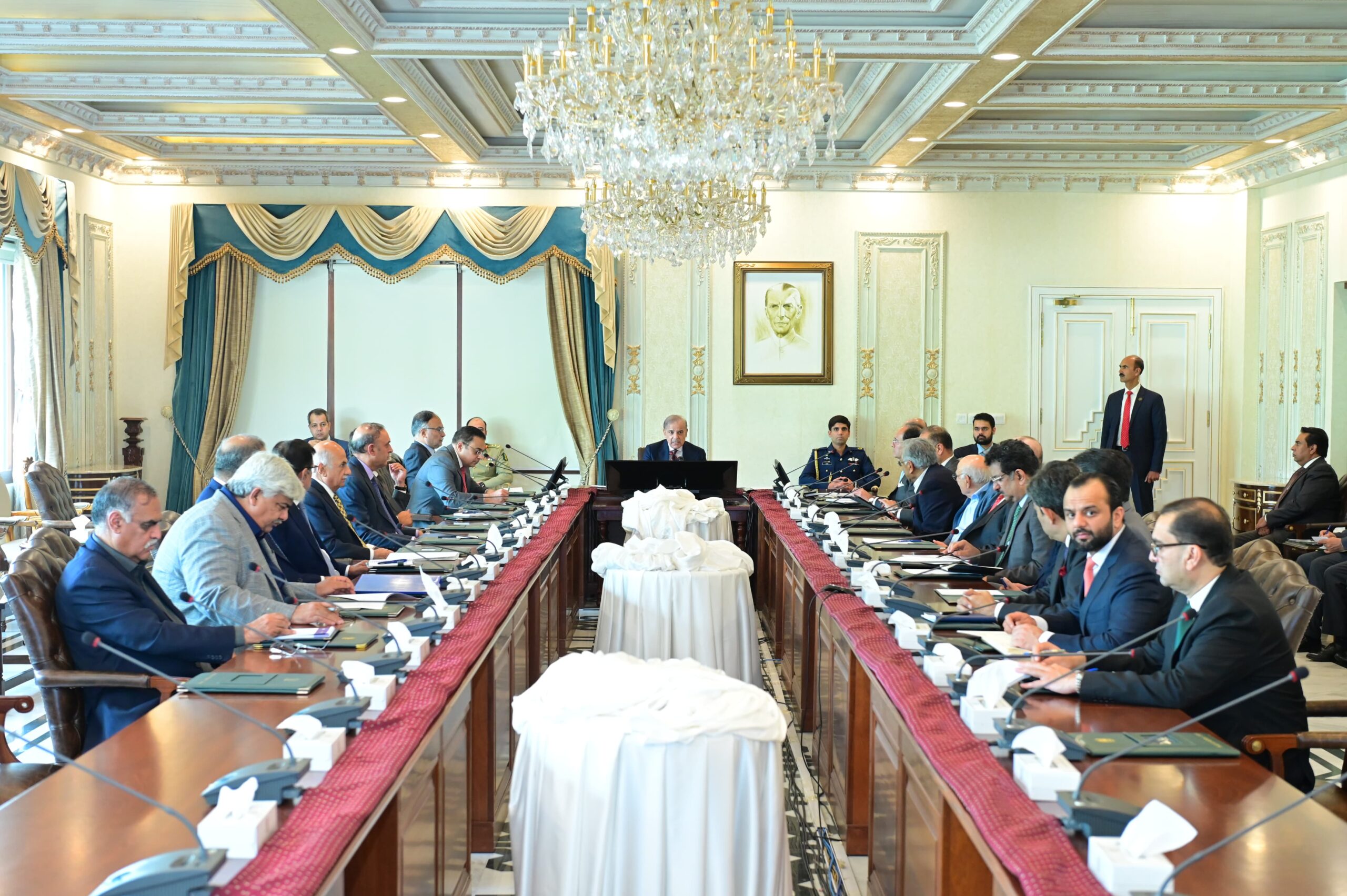ISLAMABAD, Apr 18 (APP):The experts at the study launch of Pakistan’s cement sector decarbonization opined that reducing carbon footprint from the cement industry is possible through strong collaboration of the key stakeholders, joint working, resource pooling, and the technology collaboration.
The Sustainable Development Policy Institute (SDPI) and Policy Research Institute for Equitable Development (PRIED) on Thursday jointly organized the launch of two research-driven studies on Decarbonization of Pakistan’s Cement sector.
Dr Vaqar Ahmed, Joint Executive Director, SDPI in his opening remarks said the industrial carbon footprint places industries at the forefront of carbon offset measures.
The cement sector is among the leading carbon emitters whereas cement industry like the rest of the world being carbon intensive is facing formidable challenges.
He added that Pakistan’s nationally determined contributions (NDCs)’ target achievement was crucial to comply with its global pledges.
However, the cement production is a multifaceted process that demands robust and complex interventions to decarbonize its production mechanisms.
The Carbon Border Adjustment Mechanism (CBAM) is an opportunity for the industrial sectors like cement, steel and others to decarbonize whereas the SDPI is proud to take the lead in launching “Pakistan’s Industrial Decarbonization Initiative”, he said.
Dr. Vaqar invite all stakeholders to collaborate with SDPI on building a better discourse and implementing the key actions.
Prof Dr Muhammad Fahim Khokhar, Professor at the National University of Science and Technology (NUST) in his presentation shed light on industrial decarbonization combating climate change’s impact.
He said the global carbon dioxide (CO2) emissions released from the cement sector (37.4Gt) are rising at 1.1 percent annual growth rate that are mainly coming from 65% of the total coal consumed by the industrial sector of the country.
Dr Khokhar underlined that the world was shifting over renewables and it would reduce reliance on fossil fuel-based energy.
However there had been a global paradigm shift in CO2 emissions as initially EU and US were the leading polluters which had now been shifted to Asia with mainly China and India being the biggest polluters, he added.
Among various other solutions, he stressed the need for adopting energy efficiency, system efficiency, reducing fossil fuel reliance, using hydrogen and ammonia as fuel for energy, and carbon management technologies.’
PRIED and NUST’s study on cement sector decarbonization landscape showed 30% increase from 1990-2000 in the cement sector, whereas a total CO2 emission of 49.6 MT have been contributed by the cement sector in 2020.
The study proposed strategies for cement sector decarbonization mainly alternate fuels, clinker substitution, Renewable Energy, process electrification, circularity in sector, energy efficiency, carbon capture and strategic technologies.
Quratulain from Policy Research Institute for Equitable Development (PRIED) presented the international perspective and success stories of decarbonization across the cement sector in the world.
Head of Energy Unit SDPI Engineer Ubaid ur Rehman Zia and Researcher Saleha Qureshi presented SDPI Scoping Study on Pakistan’s Cement Sector: A Road Towards Decarbonization.
Saleha highlighted in detail the energy and environment picture of cement industries of Pakistan, of which high reliance of over 65% Pakistan’s coal in calcination process was the major challenge for decarbonization.
She further mentioned the positive indicators, especially the use of waste heat recovery systems and deployment of efficient technologies across the supply chain of cement sector in Pakistan.
Ubaid presented the LEAP modeling undertaken in the study under different scenarios and highlighted that the fuel switching and substitution had a great potential whereas the net zero in Pakistan has to be done in a unique fashion with high reliance on carbon capturing.
Moreover, the key challenges identified are lack of regulatory and policy support, absence of performance-based standards, diverse activities and limited ownership, high transition cost and limited incentive available for the transition, he mentioned.
The key opportunities, he said in the process are harnessing potential carbon tackling, global financing channels, technology shift and use of green cement, circularity in the cement industry, and awareness raising on low carbon cement.
While highlighting policy recommendations, he said to manage the cost of potential change in fuel supply chains incentives are crucial to facilitate the industry.
Moreover, enforcement of quality standards for waste management and reduced derived fuel (RDF) production, inclusion of relevant departments in policy and regulatory landscape, development of transparent and predictable tariff structures to assist renewable energy transition, mobilization of green transitional funds, building up collaborations for enabling a business case model alongwith redefined role of the government to manage the fiscal constraints in the process were recommended in the study.
Energy Economist and Research Fellow, SDPI, Dr Khalid Waleed commended authors and researches for working out remarkable studies around the sector’s decarbonization.
The developing countries like Pakistan need tangible solutions like those presented in the studies of PRIED, NUST and the SDPI, he added.
Dr Waleed noted that academia, industry, and think tanks can pool in to form a conduit of stakeholders to facilitate the daunting task of hard to abate sectors’ decarbonization.
The cement manufacturer’s association’s role for combining funding for technology and research and develop could be explored, whereas inclusiveness and incentivization can help achieve the objective.
Dr Zaigham Abbass, from the Ministry of Climate Change and Environmental Coordination said climate finance wing has been established in the ministry, where funding has been approved by Green Climate Fund (GCF) for three different projects. “We encourage industry to engage with focal points in the ministry continuously to guide policy making,” he added.
Badar Alam, CEO, PRIED said the two studies have thoroughly discussed the cement sector, it’s present state and way forward in terms of decarbonization.
The research, he said proposed quality recommendations that can lead collaborations to move forward, whereas this entire discussion will be followed rigorously to take up the matter at the policy level. The climate catastrophes and disasters were raging in magnitude that demanded all stakeholders to take up climate action on urgency basis, he added.
مضمون کا ماخذ : جڑواں اسپن














